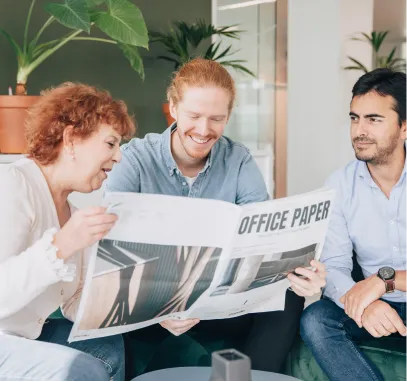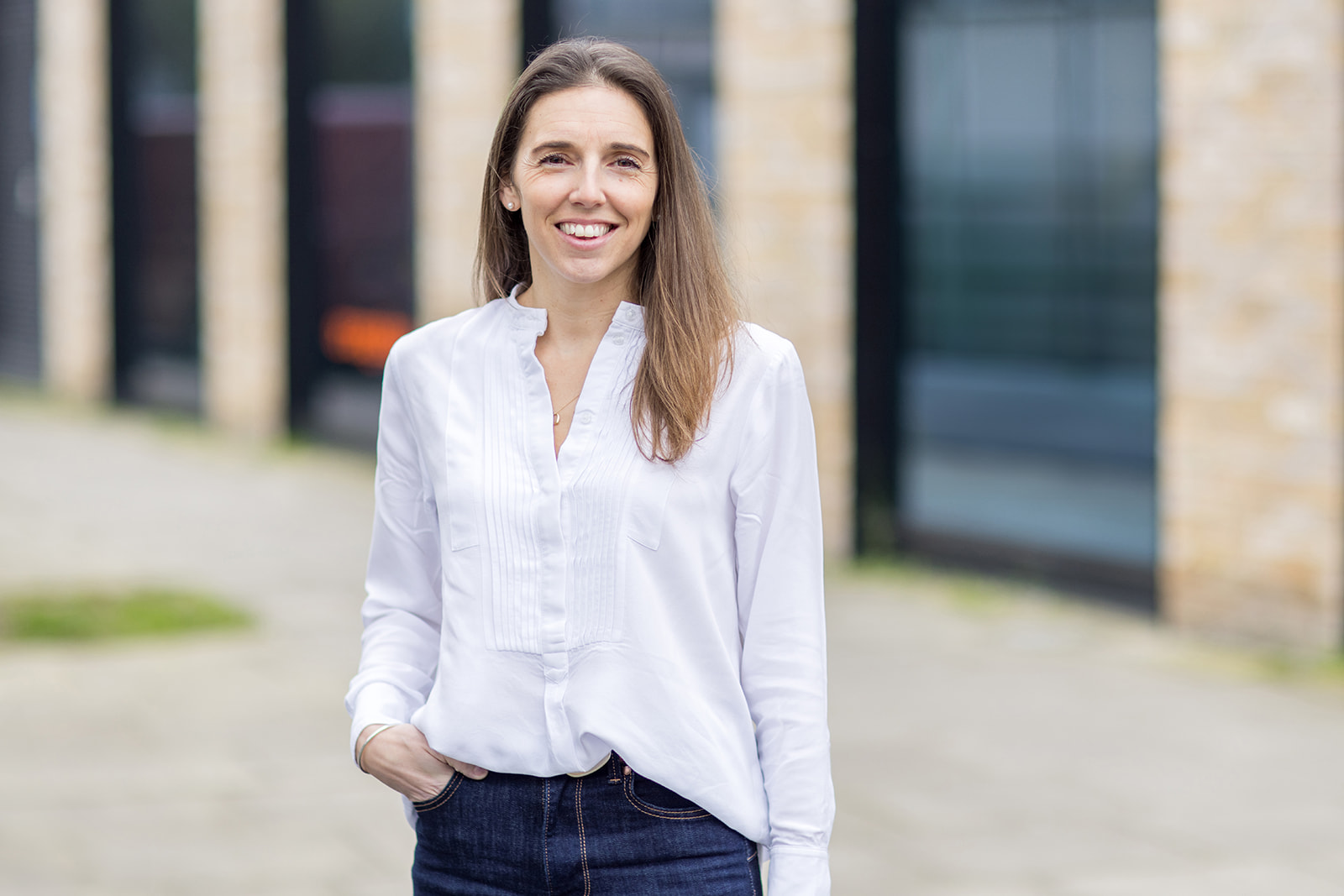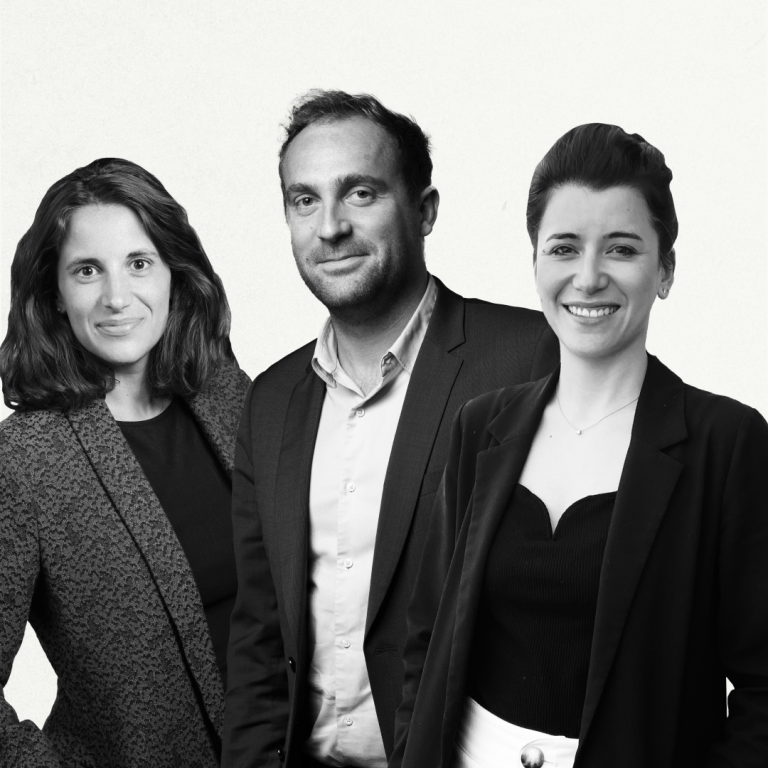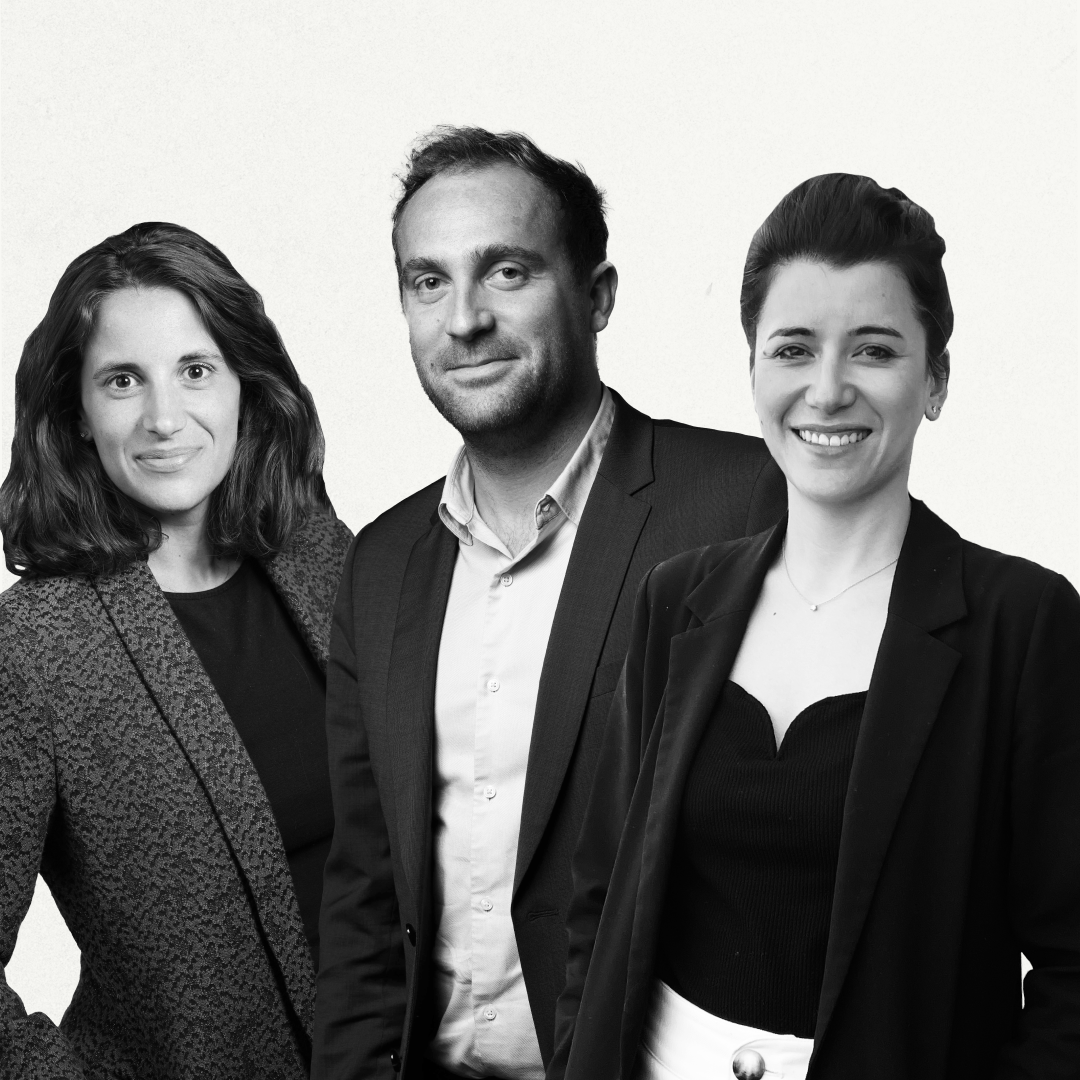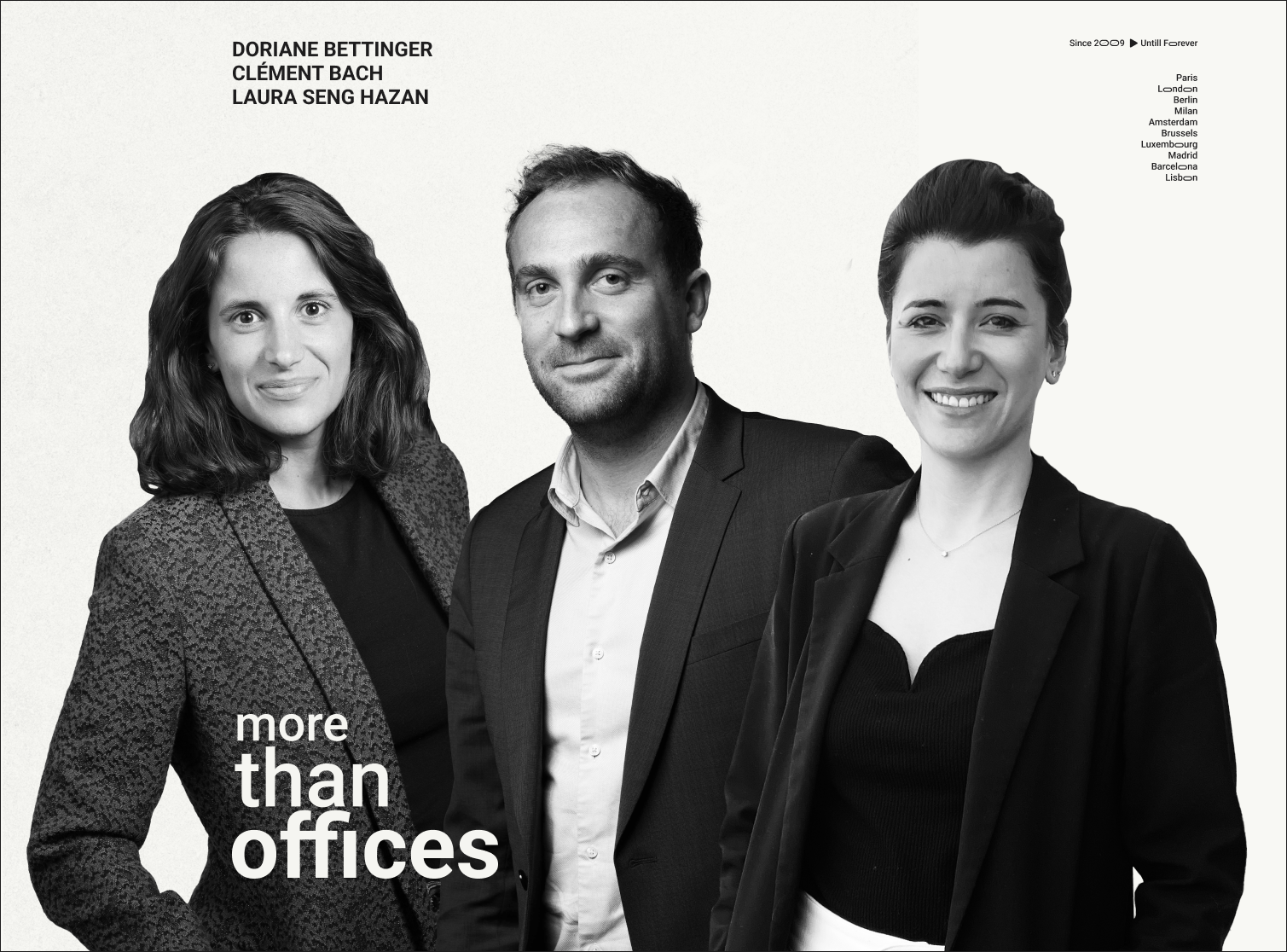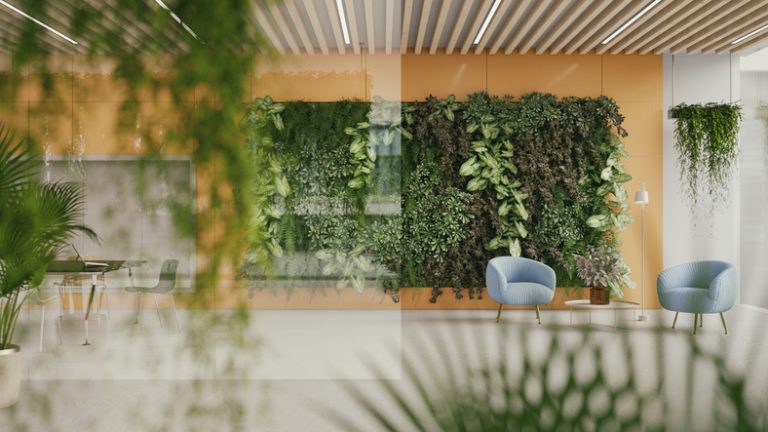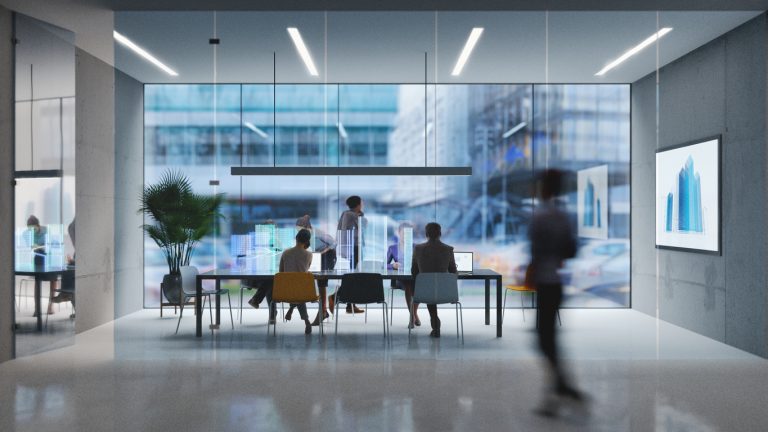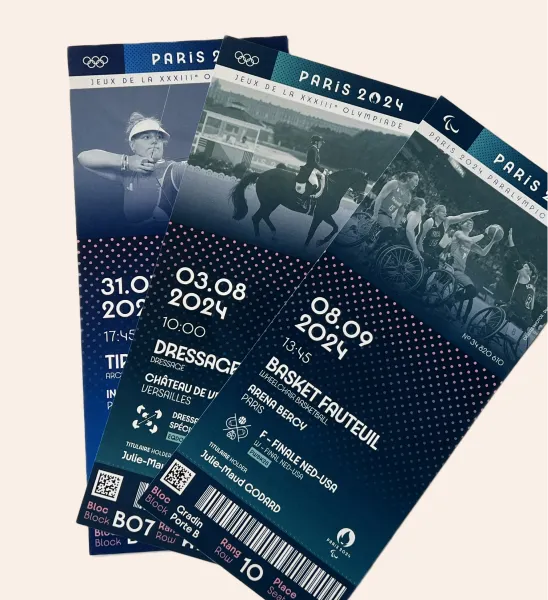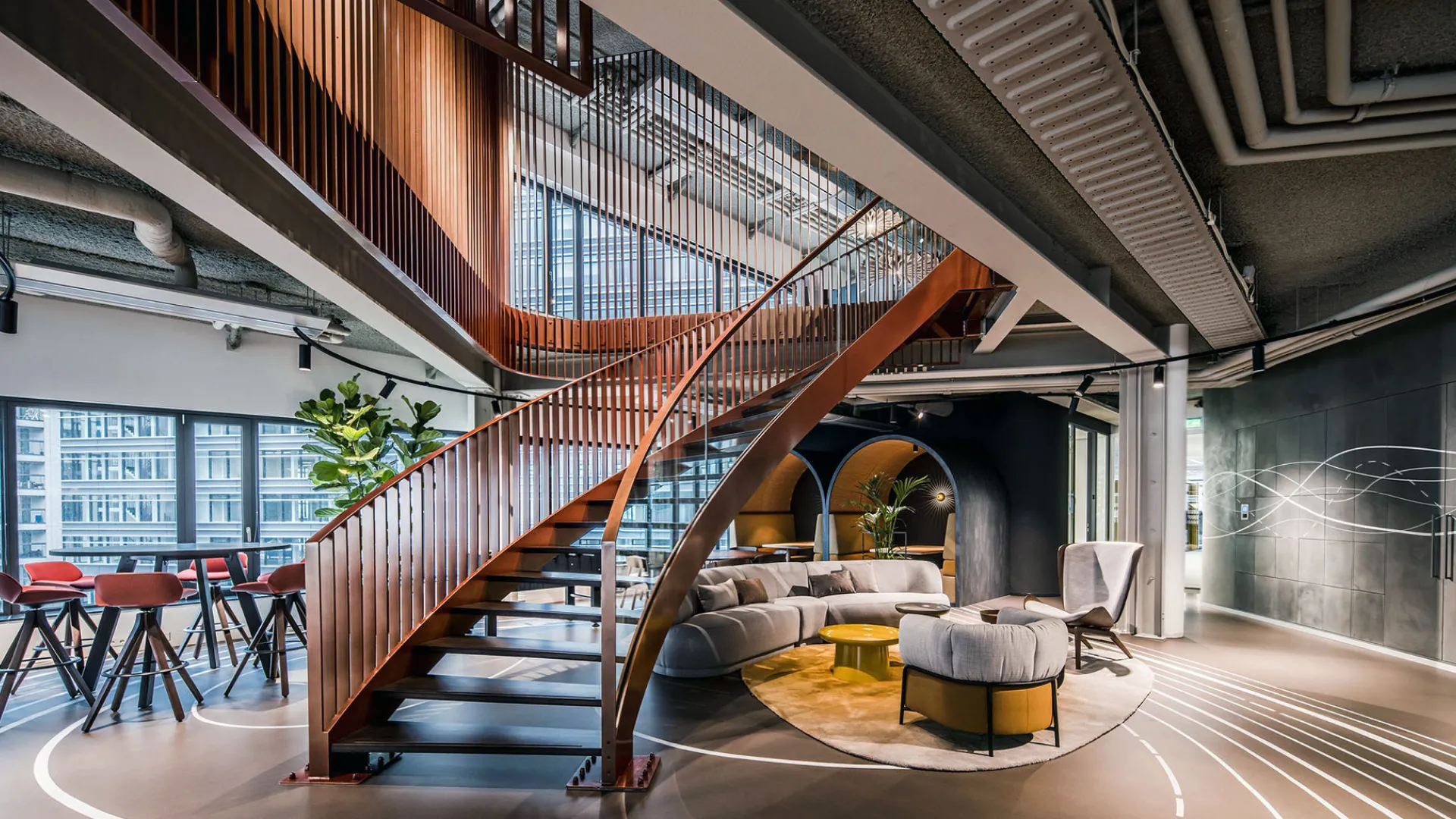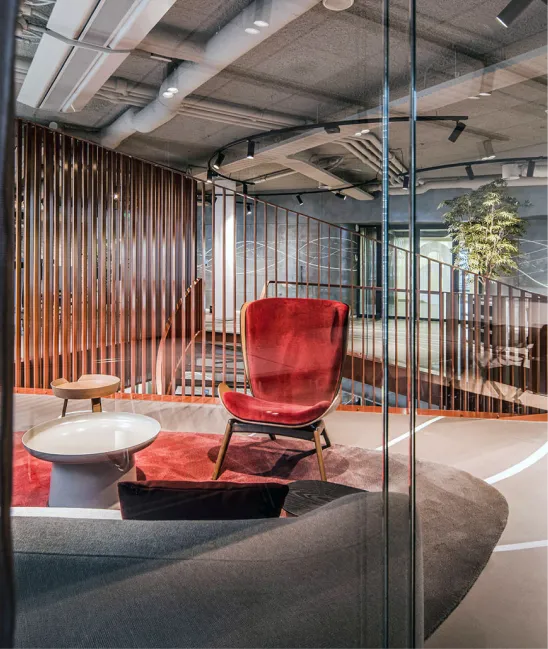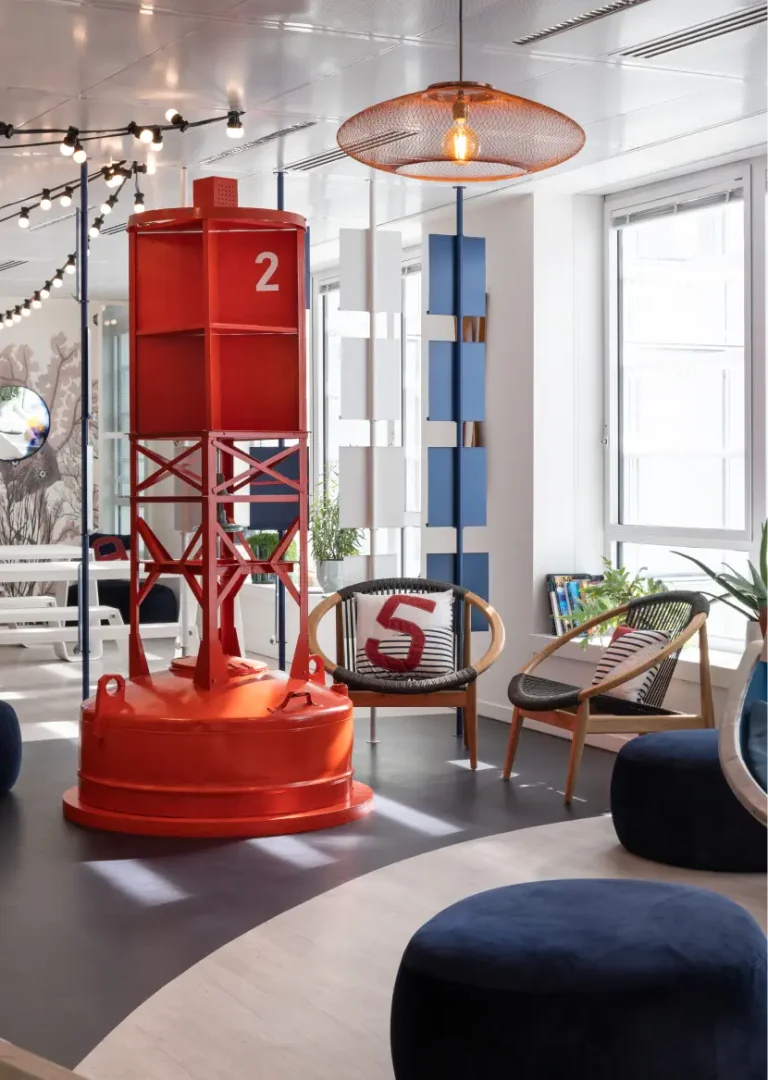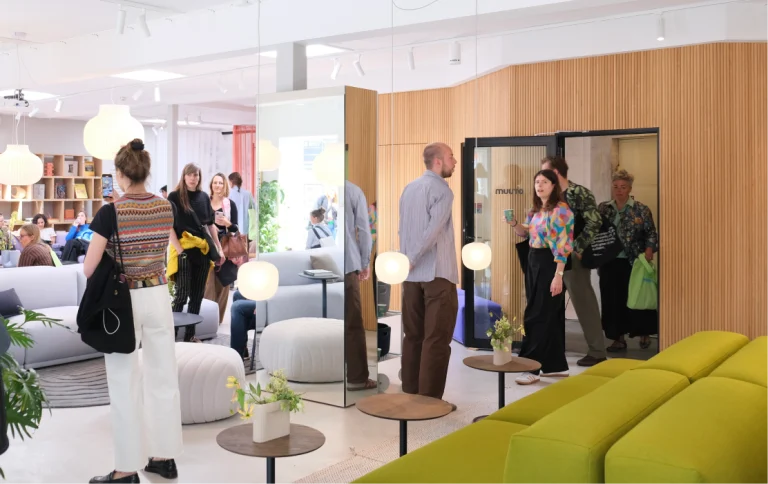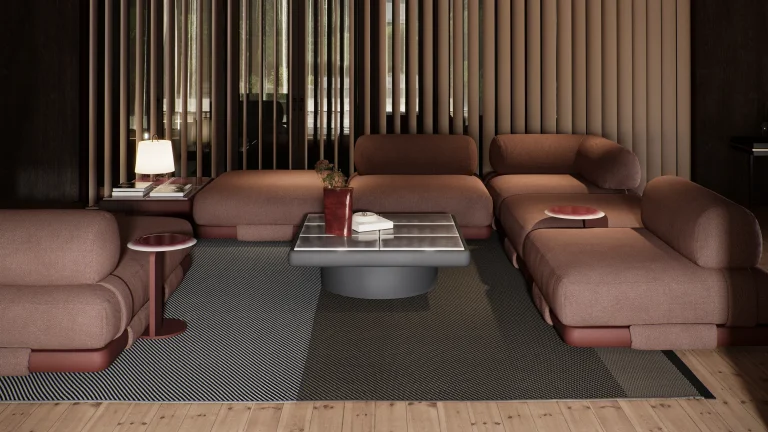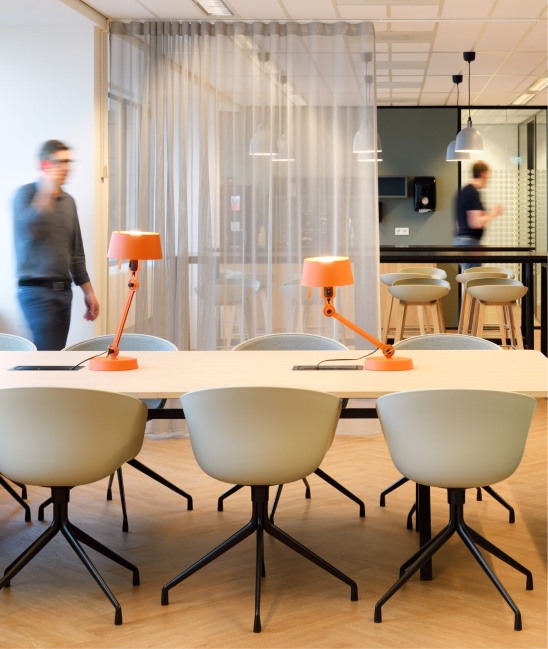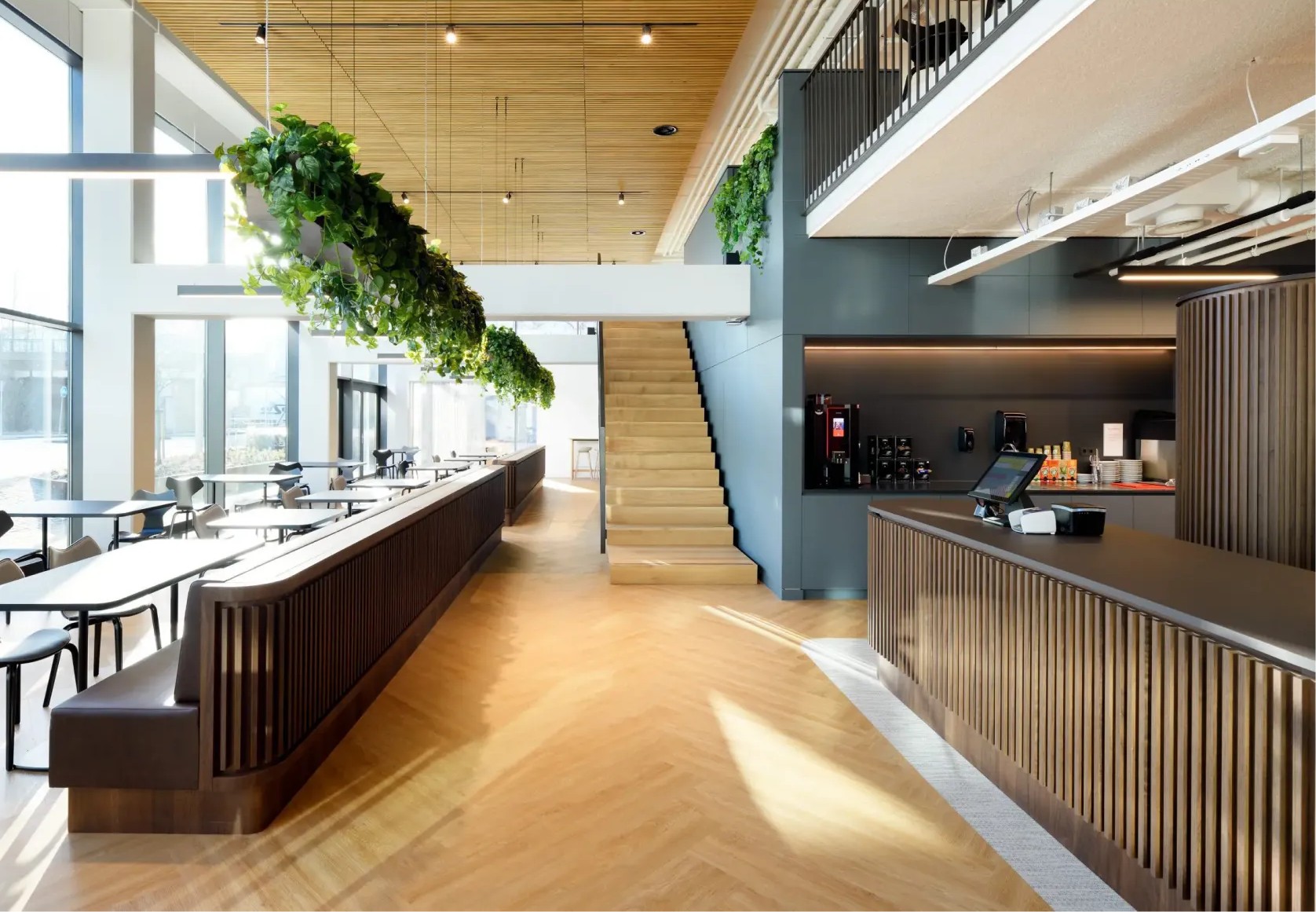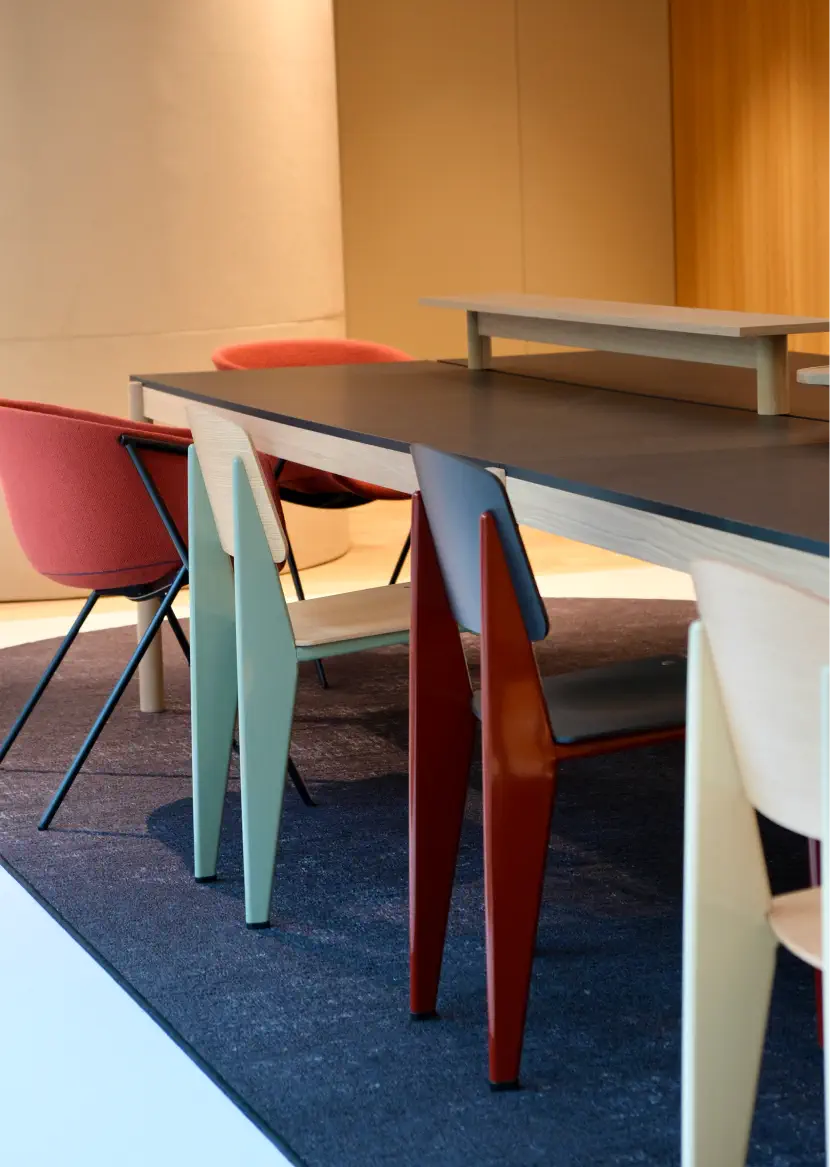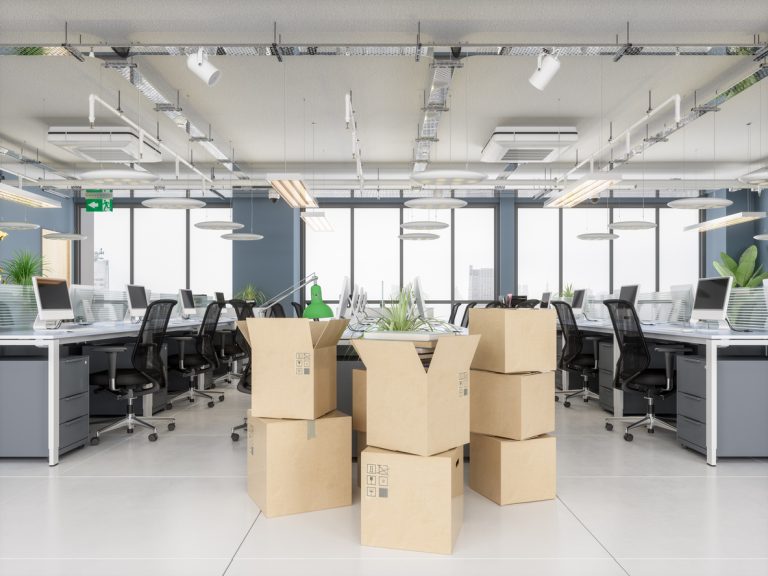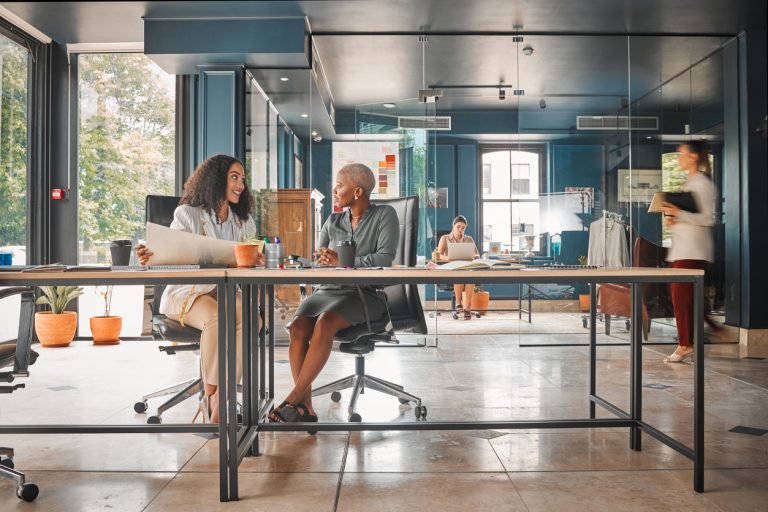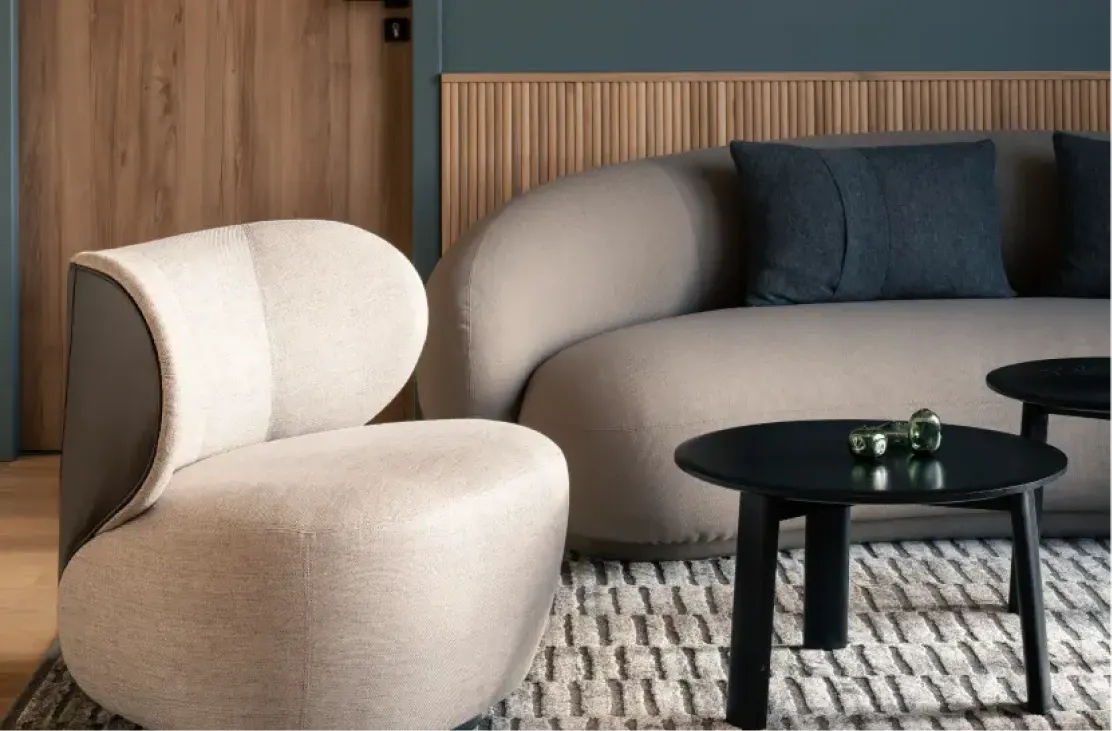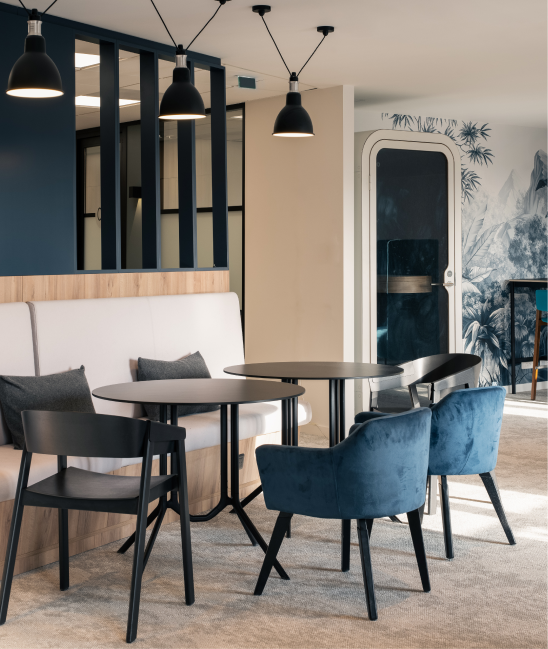Building a B Corp legacy
In an industry often criticized for its impact on the environment, Agilité - a Parella company, was founded with the ambition to bring about positive change within the construction sector.
From the outset, Agilité- a Parella company, aimed to offer an optimal customer experience while reducing their environmental impact, which led them to apply for B Corp certification and adopt a responsible business approach.
As we reach the halfway point of B Corp 2025 month, we spoke to our Director of Operational Excellence, Kirsty Shearer, one of the founders of Agility - a Parella company and the driving force behind our B Corp certification, to find out what it means to be part of this forward-thinking, Generation B collective.
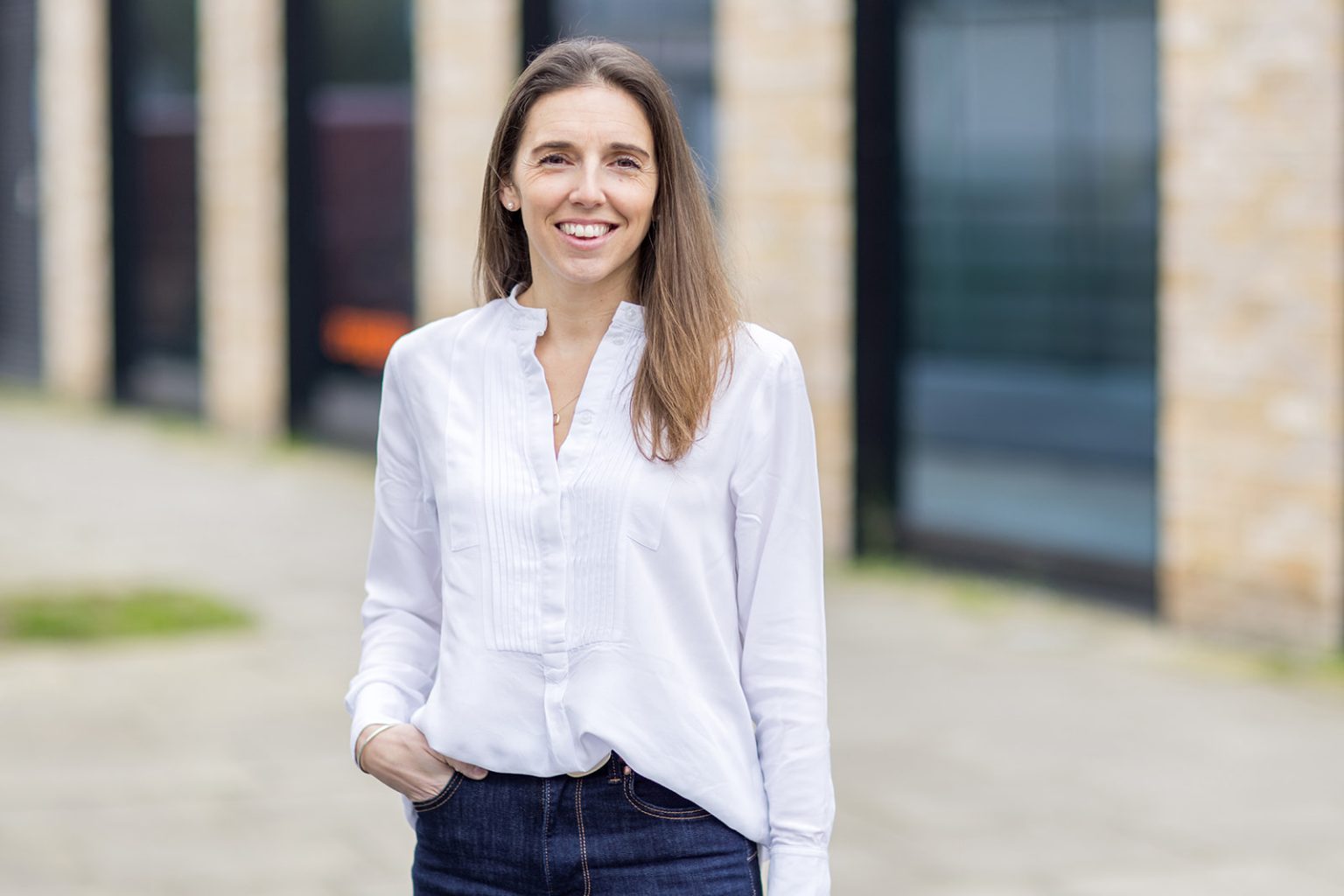
Kirsty Shearer
Director of Operational Excellence at Agilité - a Parella company
When Agilité - a Parella company was founded in 2018, the vision was clear: to create a company that prioritizes both customer satisfaction and environmental and societal stewardship. With a small team, getting everyone on board with this vision was straightforward. However, as we expanded into Europe, this became more difficult, as each country we work in has its own standards for social and environmental responsibility.
In 2019, we began exploring potential certifications to formalize Agility - a Parella company's commitment to responsible business practices, but it was difficult to find something that covered all elements of ESG. B Corp was the only framework that comprehensively addressed the company's objectives, although admittedly it was a real mountain to climb.
In 2019, we began exploring potential certifications to formalize Agility - a Parella company's commitment to responsible business practices, but it was difficult to find something that covered all the ESG elements. B Corp was the only framework that comprehensively met the company's objectives, although admittedly it was a bit of a mountain to climb.
In partnership with B Corp consultancy, A Beautiful Green, we carried out an in-depth assessment of our performance in five key areas - governance, workers, community, environment and customers - to establish a baseline, and therefore a foundation for measuring, managing and improving the company's social and environmental impact.
The journey to B Corp certification was a rigorous one, requiring two years of sustained effort to ensure that Agilité - a Parella company's long-term vision and values matched its external actions, a process that involved changes at both micro and macro levels.In December 2023, Agilité - a Parella company proudly achieved its B Corp certification, marking an important milestone in its journey towards responsible business practices. But the work doesn't stop there. In fact, we're already starting to think about our recertification in 2026.
The knowledge gained during the certification process has enabled us to implement responsible practices in everything we do. Since certification, I've taken on the role of Director of Operational Excellence, and it's my responsibility to ensure that our goal remains front and center as we continue to grow. I am building a team in the key areas of sustainability, quality, health and safety, operations, IT, governance and communications, to ensure that we continue to "walk the talk".
We work hard to surround ourselves with like-minded partners, and Agilité - a Parella company's commitment to sustainability extends beyond its projects to its entire supply chain. Our responsible purchasing program seeks out partners who share our long-term guiding principles, and with data-driven decision-making tools like Airtable, we're able to track regulatory compliance, performance and sustainability scores to ensure we're working with the right people.
With an exciting pipeline of projects in new geographies and collaborations with innovative customers, supply chain engagement is a real priority. Last year we introduced supplier forums in the UK, and we aim to extend these to all our sites by 2025. In the longer term, we are aiming for carbon neutrality by 2050, and are working with Neutral Carbon Zone (NCZ) to monitor, report and reduce emissions across our value chain. Currently a gold-certified member of the NCZ certification program, Agilité - a Parella company is aiming for platinum certification.
I truly believe that by continually raising its standards and adopting innovative practices, Agilité - a Parella company remains, as it always has been, dedicated to creating a better future for people, the environment and the global community.
You may also like...

